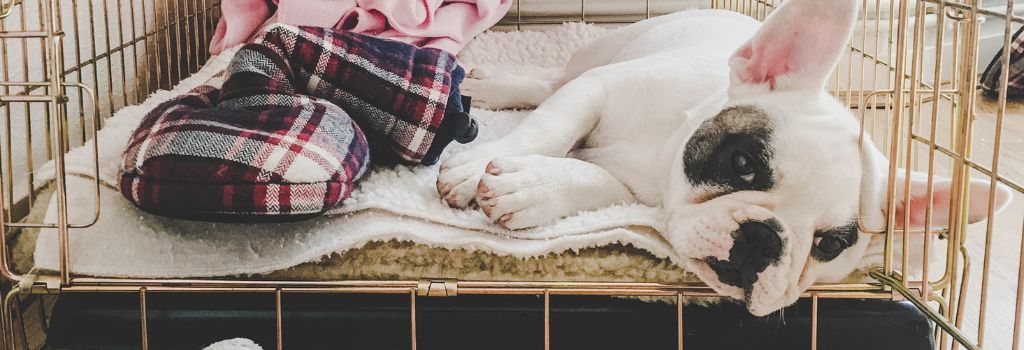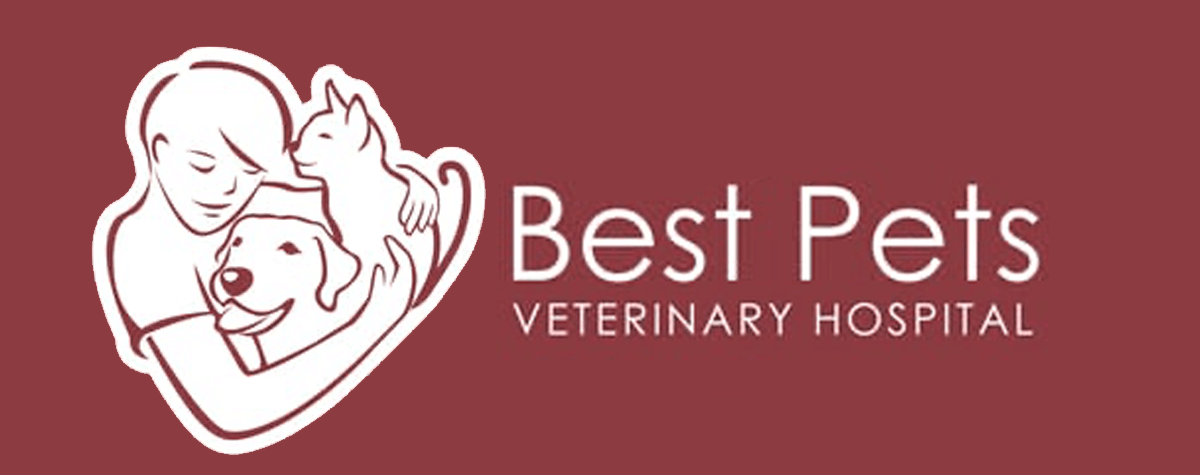One phenomenon that has both puzzled and concerned countless dog owners is separation anxiety. Imagine the unease of a toddler on the first day of preschool, multiplied by a deep-rooted instinctual bond, and you're getting close to what many dogs feel. Mental health is important for our pups just as it is us humans and as it turns out, our loyal companions aren't just missing us—they might be undergoing a deeply emotional experience.
The bond between humans and dogs is ancient and deep, and as we'll discover, sometimes, that bond manifests in heart-tugging ways. If your dog gets anxious when you're not around, it's essential to understand why and how you can help.
What is Dog Separation Anxiety?
Separation anxiety in dogs is an intense fear or phobia experienced when they're left alone or separated from their primary caregivers.
The manifestations of this anxiety can vary: some dogs might whimper or bark excessively, others may resort to destructive behaviors, while still others might show physiological symptoms such as drooling or even self-harm.
Rooted in a combination of natural pack instincts and individual past experiences, this anxiety isn't just a sign of a "spoiled" dog; it's a genuine emotional struggle. Recognizing and understanding this distress is the first step in helping our four-legged friends cope in our absence.

Why do Dogs Experience Separation Anxiety?
Several factors can lead to separation anxiety in dogs:
- Change in Routine: Dogs are creatures of habit, and a sudden change in their routine can be unsettling.
- Traumatic Events: Previous traumatic events, such as being abandoned or time in a shelter, can trigger anxiety.
- Genetics: Just like humans, some dogs are naturally more anxious.
Now that we understand the basics, let's dive into the practices to help your dog overcome separation anxiety.
Here are our 7 steps to help settle separation anxiety:
1. Ease Into Alone Time
Slowly introduce your dog to the idea of being alone. Think of it as teaching a child to swim. Dip a toe first, then a foot, and eventually, they're diving in. Begin by leaving your dog alone for short periods, extending the duration gradually. Try starting with 5-10 minute spurts, extending to 30-45 minutes, and so on. This gentle approach can help diminish the ache of anxiety over time.
2. Set a Routine
Since dogs love routine, try to keep consistent departure and return times. This predictability can help lower their anxiety levels. If you go to work Monday-Friday at a certain time, continue the pattern on the weekends for a few weeks to help your dog embrace the routine. A few weeks of early rises and outings can support your pup’s mental health for years to come.
3. Provide Engaging Toys
Interactive toys or treat-filled toys can keep your dog occupied and mentally stimulated when you're not around. This can serve as a distraction and help reduce feelings of loneliness. Keeping in mind we always want safe and size-appropriate options for our pets, a frozen KONG filled with canned pumpkin puree, peanut butter, or sweet potatoes can keep their minds occupied for an hour.
4. Avoid Emotional Departures and Returns
It's hard not to make a big fuss when you leave or come home, but doing so can make your dog's anxiety worse. Instead, keep your departures and returns low-key. A little bit of what we like to call the “Ghost Game” can work wonders:
When you first get home, do your best to avoid eye contact with your dog. Take off your shoes, walk around the kitchen, or whatever else may be a minute or two distraction from greeting your furry friend. If they are crate trained, when you open the crate, be silent and take them out to potty. If they are free in your house, allow them to greet you, but “ghost them” and pretend they aren’t there until you are preparing them for potty outside. Only after our pups are outside and do their business do we throw a potty party. This is your chance to love on them, and they let out their excitement that their favorite person is home, but it’s directed at their good deed rather than your return.
5. Prioritize Physical Activity
A tired dog is often a happy dog. Make sure your dog gets plenty of physical activity. A walk a day can help keep the anxiety away! For the majority of our pups, a 15-20 minute walk before being alone can help them burn off excess energy and reduce anxiety, making them more relaxed when alone. For our friends who aren’t able to go on walks, a snuffle mat and a massage are great alternatives.

6. Consider a Second Pet
Sometimes, simply having another companion can help. If you have the resources and space, consider adopting another pet for companionship. However, ensure the personalities are a good match and start separation training techniques early!
7. Seek Professional Help
If your dog's separation anxiety is severe, it might be a good idea to seek the help of a professional dog trainer or a veterinarian. They can offer behavior modification techniques or even medications in extreme cases.
Always A Work In Progress
Separation anxiety stands out as a poignant reminder of the depth of bond our dogs share with us. It's not merely about being left alone; it's a testament to how integral we've become in their lives. As we navigate the labyrinth of this emotional challenge, it's crucial to remember that patience, understanding, and consistent efforts are our best allies. Every step we take in understanding and addressing this anxiety brings our furry companions closer to a world where their moments alone are peaceful rather than fraught with distress. As dog lovers, our mission is clear: to ensure our beloved pets feel secure, loved, and at ease, even in our absence. Because in the end, the comfort of our four-legged friends reflects the depth of our care and the strength of the bond we share.
If you have questions and you'd like to reach out to us, you can call us directly at (978) 658-6500, or you can email us at [email protected] . Don't forget to follow us on social media Facebook, Instagram
